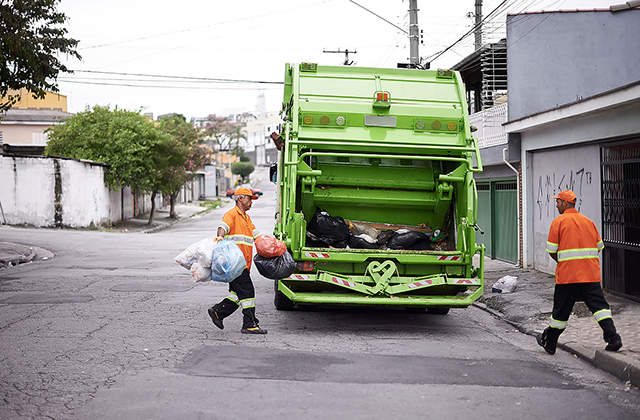
Getting and staying organized at home isn’t easy. It is safe to say that almost every home have their share of challenges when it comes to keeping clutter in control. Clutter may be a perennial problem of households all over the world, but it is conquerable. Of course, having zero clutter is not possible especially if you have kids or a messy partner, but you can definitely control it and prevent it from overtaking your home. The key is controlling your clutter and not the other way around. With this, let me share to you some simple, yet life changing tips to control clutter at home. Here are some of them.
1. Purge, purge, purge. Clutter happens when we accumulate a lot of stuff. The more items we own, the more clutter we have. So logically, the first step in keeping your home clutter free is to get rid of stuff that you don’t need. Anything that you no longer use is considered a clutter. However, I know it’s very typical to get attached to material things especially if they have sentimental values. There is nothing wrong with hanging onto sentimental items, but if you really want to reduce clutter and simplify your life then you have to learn how to let go. I know it’s tough, but it’s also nice to start fresh without all these clutter weighing you down. But if you can’t really part with something, just store them all in a box, just one box, and keep them in your attic or in your garage.
2. Buy more storage. One of the reasons why people feel it’s so hard to keep clutter controlled is the lack of storage options. Invest in clear storage bins for your kid’s toys, a mini basket for your bills and letters, filing boxes for your important documents and so on. It is very important to have a place for everything. This would make controlling clutter much easier and it also prevents you from misplacing stuff.
3. Focus on your goal. Getting your home organized may be easy, but keeping it that way is another story. Being clutter free is not a one time solution, but rather many steps that need to be done over and over to maintain it that way. As long as you’re focused and determined in keeping your home clean and organized, then it will stay clean and organized as long as you want.
In search of a reliable skip hire company for your waste management needs? Skip bins Morphett Vale is a full service skip company based in Australia which aims to provide you with a solution for your waste collection needs. Find out which skips bins are best and reliable for you.
Article Source: http://EzineArticles.com/7734139

